Lima, Lima, Peru
Suggest Place to Visit
2979
Track to location with GPS |
 |
As required by Spanish custom, when founding the City of the Kings Francisco Pizarro drew a wide quadrilateral and erected the main square over a set of pre-Hispanic temples and palaces that belonged to the curaca Taulichusco. It was the reference point to delineate the layout of the city.
In its surroundings he built his house, which with the passing of time became the Government Palace, and ordered the construction of the first Cathedral church. Later the buildings of the Cabildo (today the municipal building) and the Archbishop's Palace were erected. In the center he placed a gallows or pillory for executions. It was a true symbol of justice and the power of the Spanish crown.
In the year 1564 the first water basin was installed. It was made of solid rock and remained in the center of the square until 1651. That year the viceroy Don García Sarmiento de Sotomayor, Count of Salvatierra, ordered the construction of a bronze fountain. The work was made by the Lima foundry Antonio de Rivas, in just eight months, but the beautiful design was due to Don Pedro Noguera.
The water ran for the first time through the mouths of lions and dolphins on September 8, 1651. The fountain was crowned with a statue of Fame in the center, with a bugle in the left hand, in the right the arms of the city and king, and a flag. The trace or plan became rectilinear, forming almost a dodecagon, with six alternate curved sides, eight groups or pipes with sculptures of lions and dragons with water pythons. The cup contains forty-two reliefs of vases with flowers.
The fountain provided water to the inhabitants of the city. This was carried by aguateros, who were also the first firefighters in the colonial city. The archaeological excavations carried out in 1996 discovered the pipes that fed the mentioned pool.
In the early years of the colony, the barracks were on one side and various military exercises were carried out in the square. This Spanish custom called its squares Plaza Mayor. In addition, due to the presence of the Cathedral, the Plaza was the center of the religious festivities of the Spanish. And at the time of the Court of the Holy Inquisition, it was the scene of the executions ordered by the Holy Office, called Autos de Fe.
Scene of the Spanish foundation of Lima by Francisco Pizarro, it has served as a framework for some of the most important events in the history of Peru. Originally it was surrounded by small shops and businesses. It was also used as a bullring, and on the sides of the Government Palace there was the Lima market.
It was here that the Independence of Peru from the Spanish crown was proclaimed in 1821.
Address: between Junín, Huallaga, Unión and Carabaya shreds. Four blocks from Av. Tacna and just over a block from the Rímac River.
The square has had successive modifications, destructions and reconstructions. In that course it has lost part of its initial area. The first important arrangement and beautification was made in 1856, during the government of Castile. In 1875 there were water pylons in each corner of the plaza; it was renovated in 1901; and in 1930 it exhibited numerous palm trees. The 1970 remodel reduced the plaza to its current size.
The last modification was made in 1996. The concrete sidewalks were replaced by a paving of black and gray rock slabs. Red flowers adorn the gardens, which contrast with the marble benches. The bronze sink, with the little angel, looks restored. And lampposts with ornamental posts illuminate those who walk through the square at night.
The traveler who visits the Historic Center of Lima will have the opportunity to stroll through its beautiful square, and appreciate at noon, in the courtyard of the Government Palace, the military ceremony of the changing of the guard.
Always in activity and frequented by picturesque characters from the city, around the Plaza there is a service of beautiful colonial carts pulled by majestic Cossack horses that offer the people of Lima and the diligent traveler a walk through the surroundings.
A wonderful view: from the old alley of Petateros, today Pasaje Olaya, where the humble fisherman from Chorilla José Olaya was shot by the royalist forces before he betrayed the conspiratorial patriots, there is an unparalleled view of the Plaza Mayor: you can see the Government Palace, and behind, imposing, the San Cristóbal hill. You can't stop photographing that view.
Comments
We don´t have yet any comments about:
Lima main square
Lima main square
Be the first to leave a comment as it is very important to inform other people
Outros locais a visitar
Within a radius of 20 km from:Lima main square
Lima - City Tour |
| 0,0 Km |
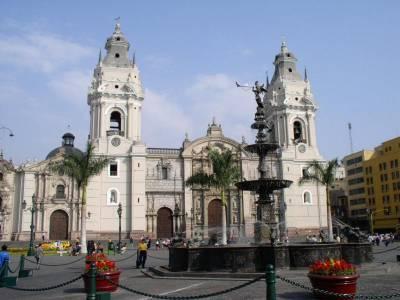 |
Basílica Catedral de Lima |
| 0,1 Km |
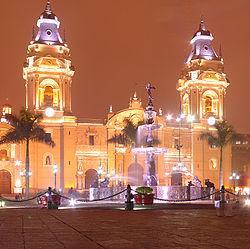 |
Casa del Oidor |
| 0,1 Km |
 |
Casa Aliaga |
| 0,1 Km |
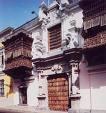 |
Palacio de Gobierno del Perú |
| 0,1 Km |
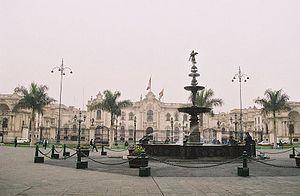 |
Estación Desamparados |
| 0,2 Km |
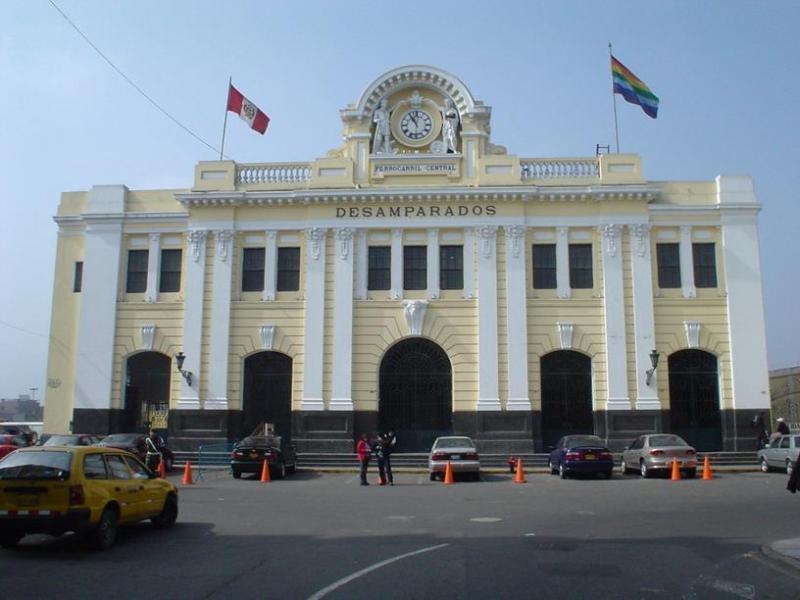 |
Casa Oquendo o Palacio Osambela |
| 0,3 Km |
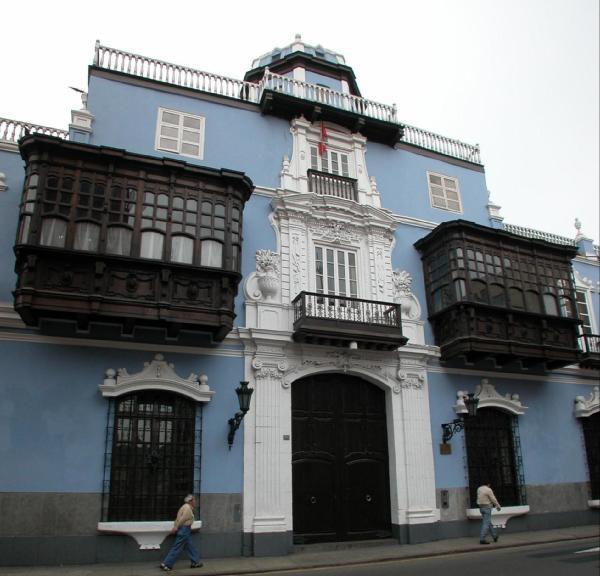 |
Museo del Banco Central de Reserva |
| 0,3 Km |
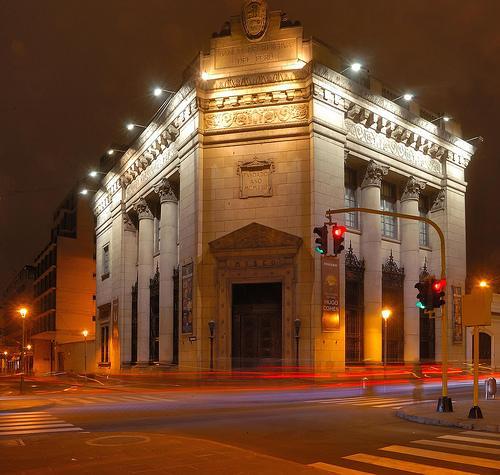 |
Ciudad de Lima (Perú) |
| 0,3 Km |
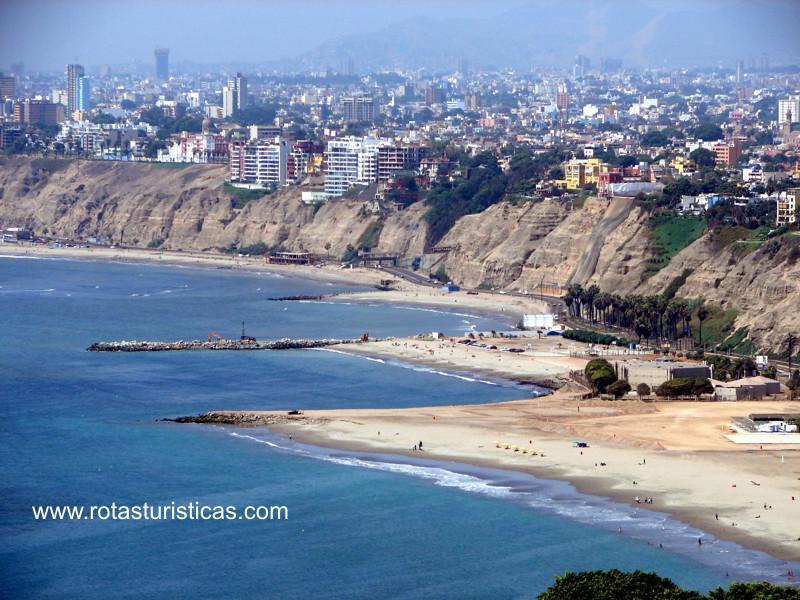 |
Iglesia y Convento de Santo Domingo |
| 0,3 Km |
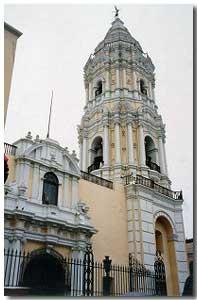 |
Puente de Piedra Rimac |
| 0,3 Km |
 |
Palacio de Torre Tagle |
| 0,3 Km |
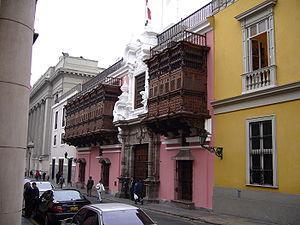 |
Basílica y Convento de San Francisco de Lima |
| 0,3 Km |
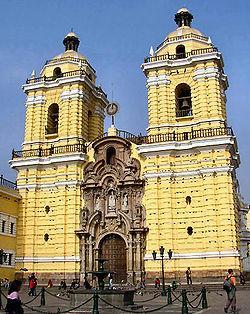 |
Iglesia y Convento de Nuestra Señora de la Merced |
| 0,4 Km |
 |
Museo Banco Wiese |
| 0,4 Km |
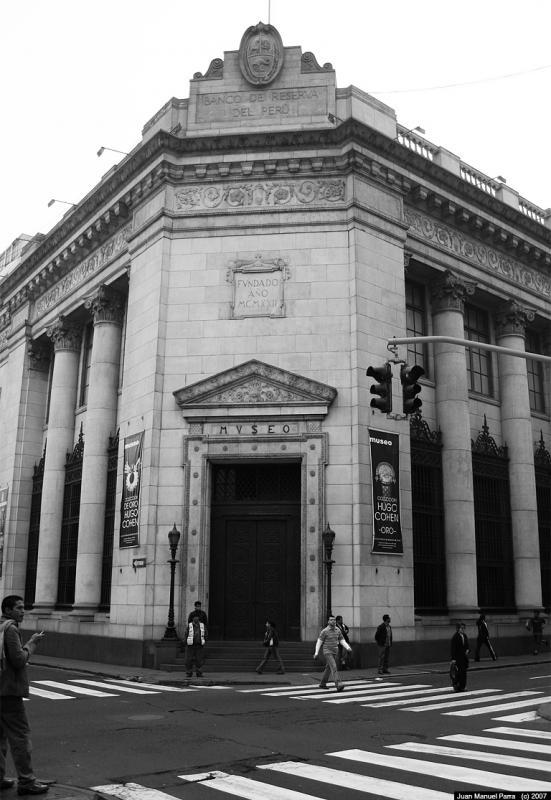 |
Parque de la Muralla |
| 0,5 Km |
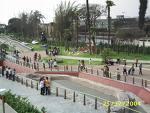 |
Museo del Tribunal de la Santa Inquisición y del Congreso |
| 0,5 Km |
 |
Escuela Nacional de Bellas Artes |
| 0,7 Km |
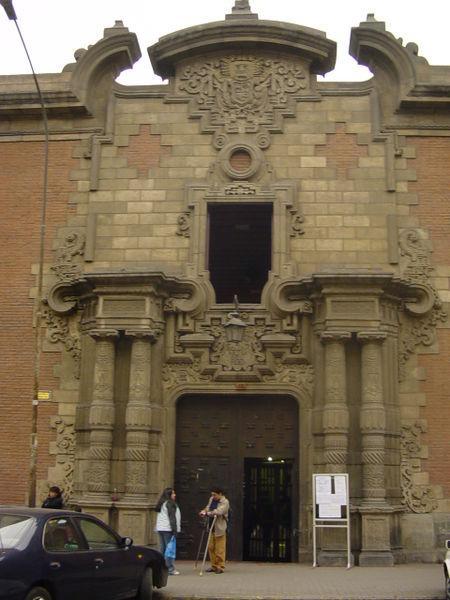 |
Iglesia de las Nazarenas |
| 0,8 Km |
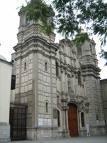 |
Plaza San Martín |
| 0,8 Km |
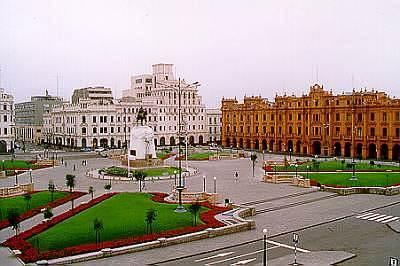 |
Plaza de Toros de Acho |
| 0,9 Km |
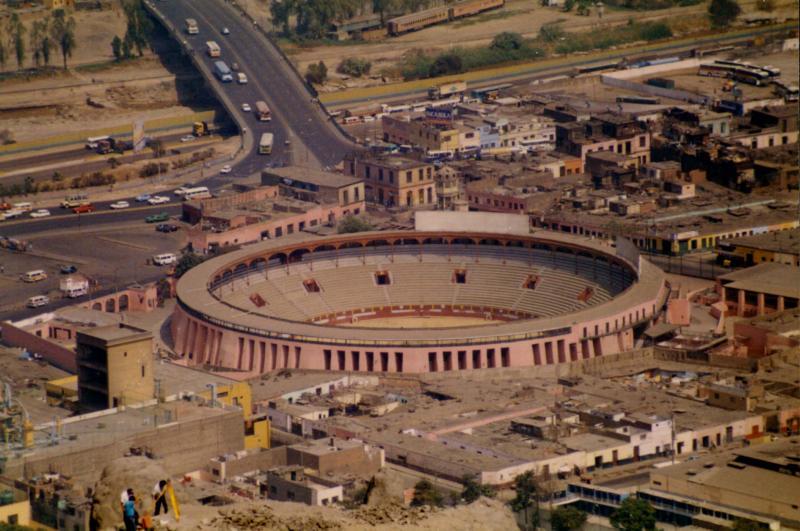 |
Paseo de Aguas |
| 0,9 Km |
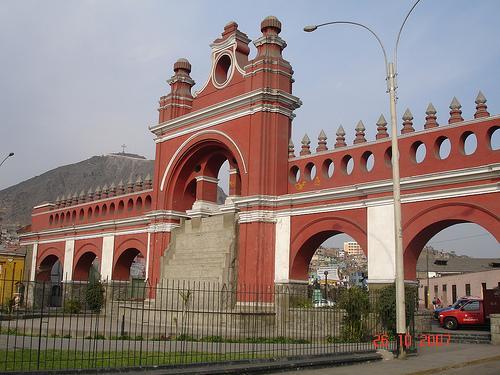 |
Casona de San Marcos |
| 1,0 Km |
 |
Plaza Italia |
| 1,0 Km |
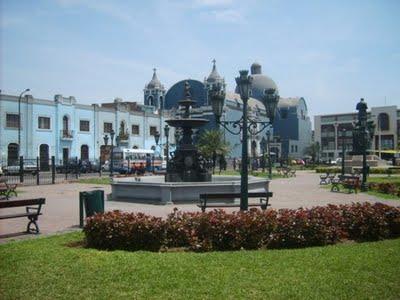 |
Hospicio Ruiz Dávila |
| 1,0 Km |
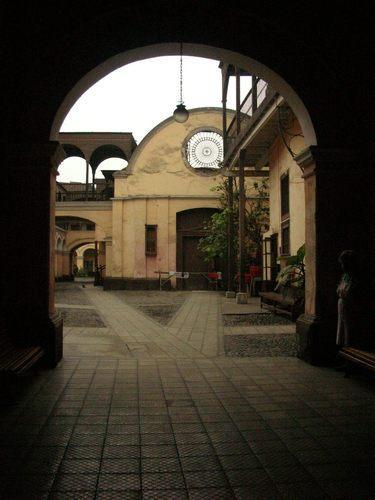 |
Casa 13 Monedas |
| 1,1 Km |
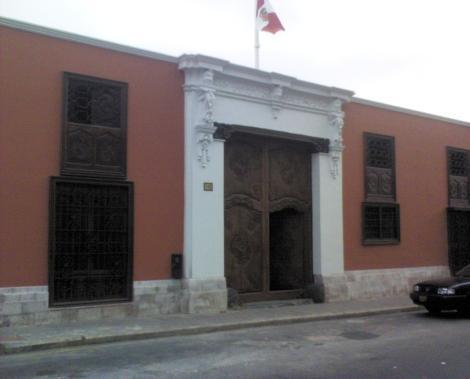 |
Quinta de Presa |
| 1,2 Km |
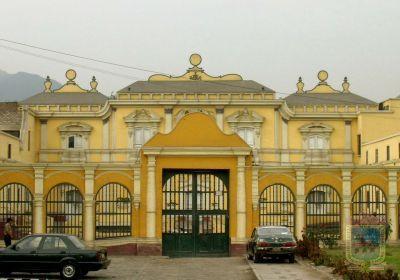 |
Alameda de los Descalzos |
| 1,2 Km |
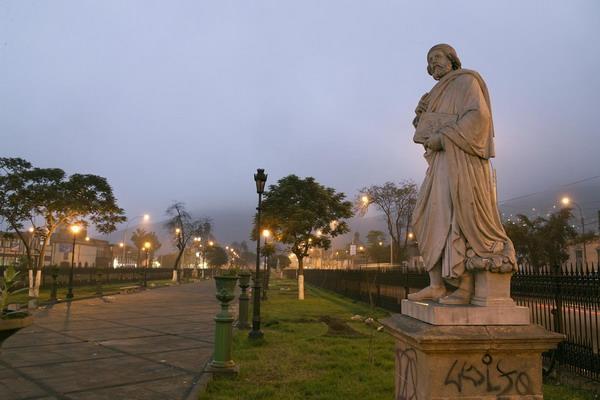 |
Museo de la cultura peruana |
| 1,4 Km |
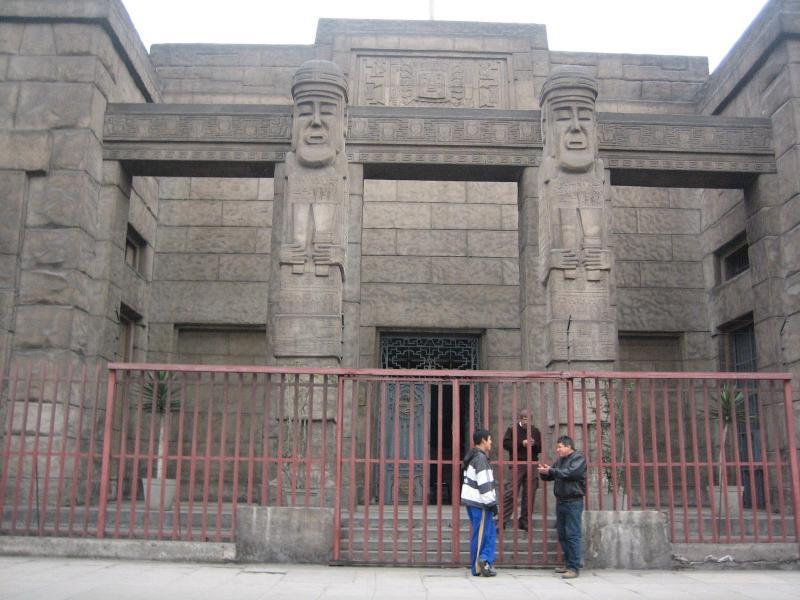 |
Museo Convento de los Descalzos |
| 1,5 Km |
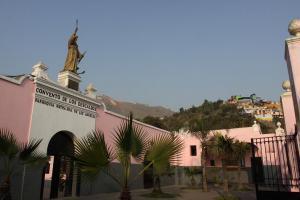 |
Casa Canevaro |
| 1,5 Km |
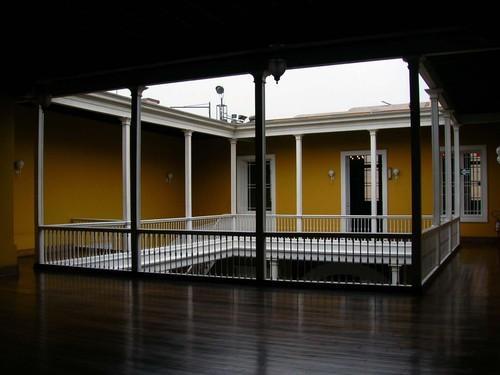 |
Parque de la Exposición |
| 1,9 Km |
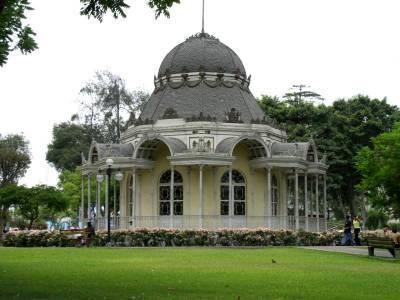 |
Circuito Mágico del Agua - Parque de la Reserva - Lima Perú |
| 2,7 Km |
 |
Huaca Mateo Salado |
| 4,1 Km |
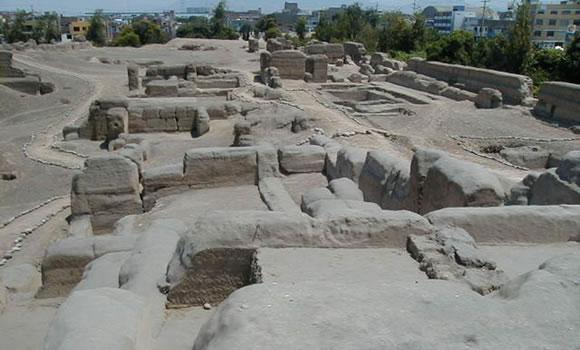 |
Museo Nacional de Antropología, Arqueología e Historia. |
| 4,9 Km |
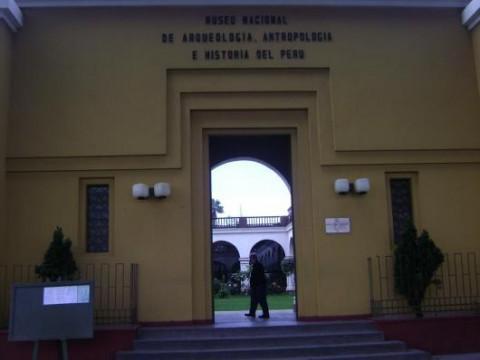 |
La Taberna Queirolo |
| 5,0 Km |
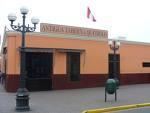 |
Museo Arqueológico Rafael Larco Herrera |
| 5,3 Km |
 |
Museo de la Nación |
| 5,5 Km |
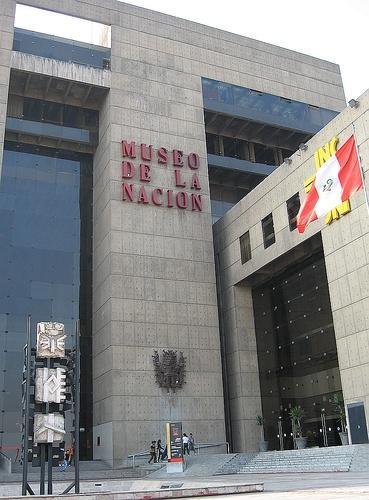 |
Huaca Huallamarca |
| 5,8 Km |
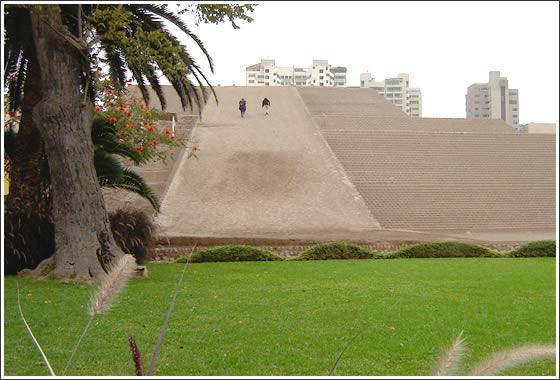 |
Olivar de San Isidro |
| 6,2 Km |
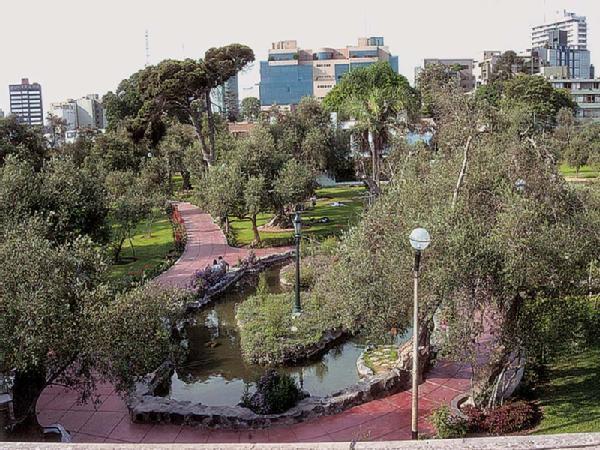 |
Parque de las Leyendas |
| 6,5 Km |
 |
Huaca Pucllana |
| 7,3 Km |
 |
Museo Amano |
| 7,7 Km |
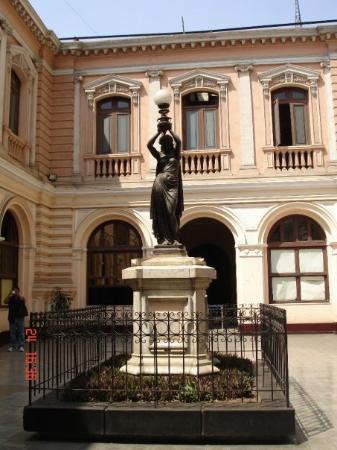 |
Paseo los Libertadores |
| 7,8 Km |
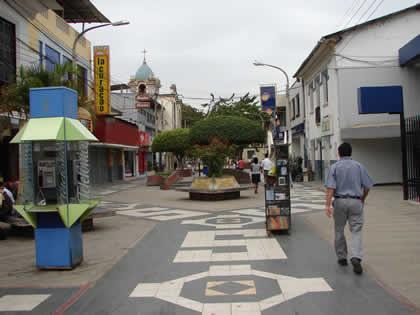 |
Paseo Jerusalén |
| 9,1 Km |
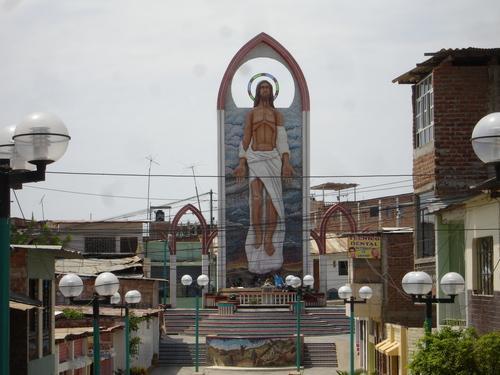 |
Museo de Oro del Perú y Armas del Mundo |
| 9,6 Km |
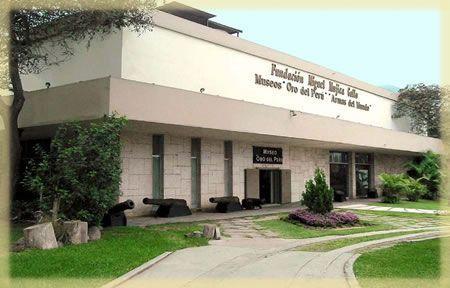 |
Conjunto Arqueológico Oquendo |
| 10,5 Km |
 |
Barranco, el Distrito Bohemio |
| 10,8 Km |
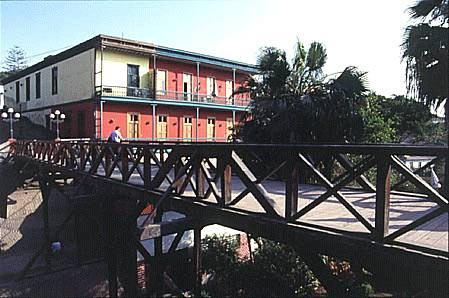 |
Parque de la Amistad |
| 10,9 Km |
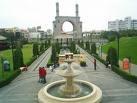 |
Puente de los Suspiros |
| 11,5 Km |
 |
Puerto del Callao |
| 12,0 Km |
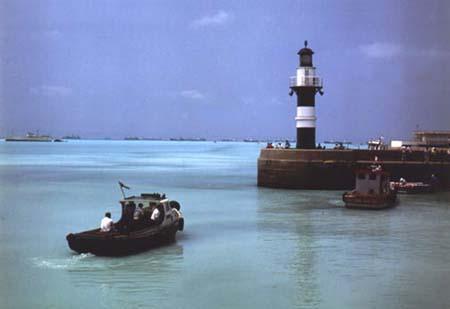 |
Ermita del Padre Villalta - Barranco |
| 12,1 Km |
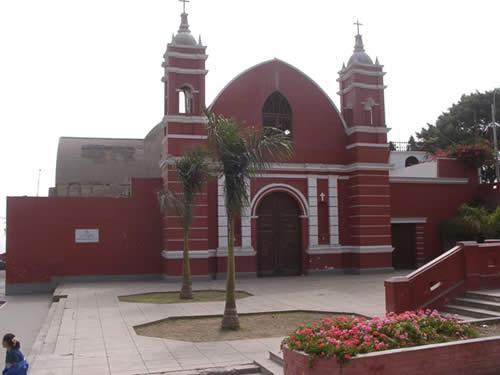 |
Iglesia Matriz o Catedral del Callao |
| 12,6 Km |
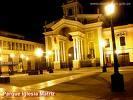 |
Fortaleza Real Felipe |
| 13,0 Km |
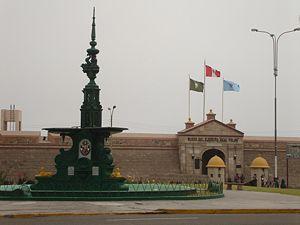 |
Centro Ecológico Recreativo Huachipa |
| 13,5 Km |
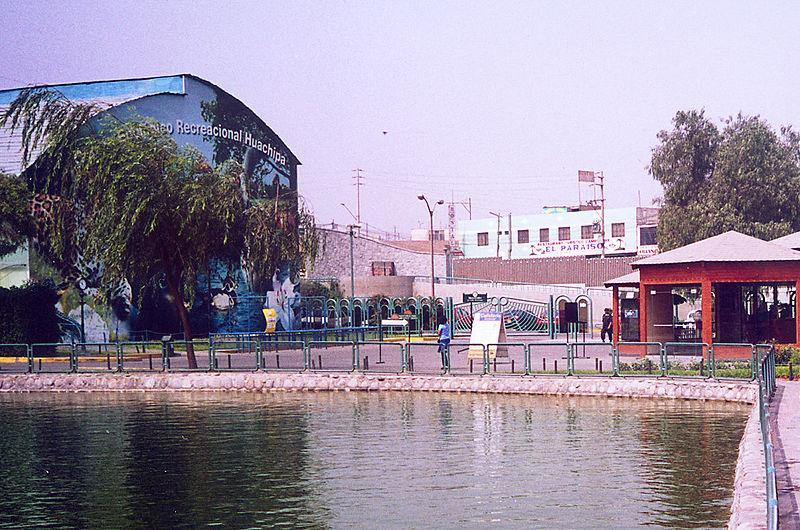 |
El Salto del Fraile (Lima) |
| 13,6 Km |
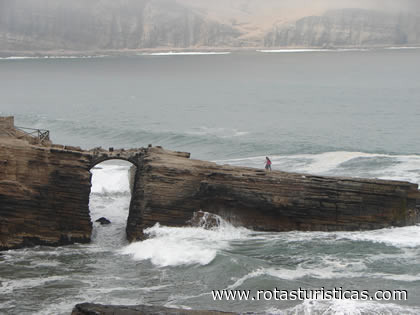 |
Cajamarquilla |
| 14,2 Km |
 |
Museo de Sitio Naval Submarino Abtao |
| 14,9 Km |
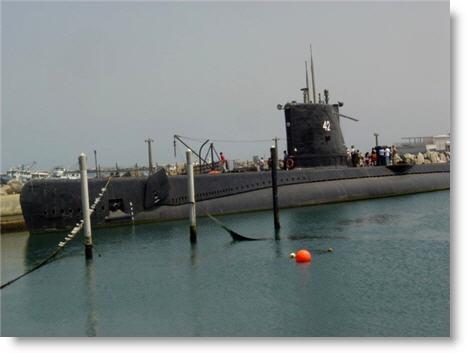 |
Morro Solar |
| 17,3 Km |
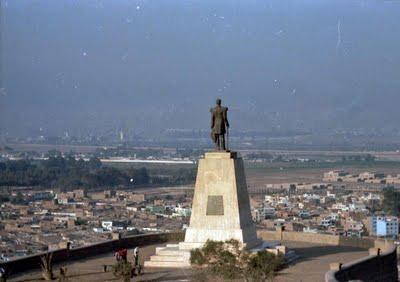 |
Isla del Frontón |
| 18,3 Km |
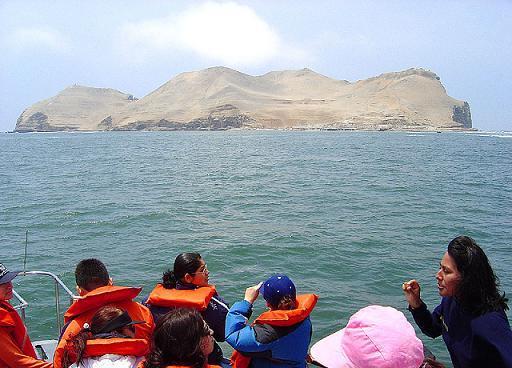 |
Refugio de Vida Silvestre Pantanos de Villa |
| 19,2 Km |
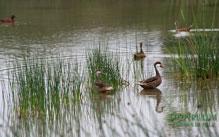 |
Pantanos de Villa |
| 19,2 Km |
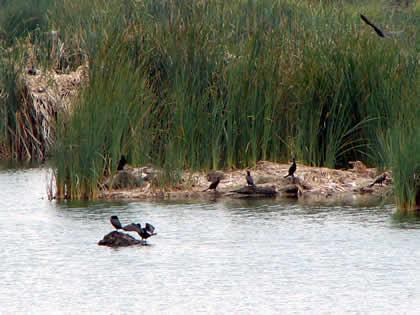 |
Hotel reservation near Lima main square within a radius of 20 km
Why to book with RUTAS TURISTICAS
The best prices
Our partnerships with the world´s largest operators offer research on the best market prices.
More options
At Rotas Turisticos you can book the hotel, buy the air ticket, book the transfer from the airport to the hotel and vice versa, book the local excursions, rent the car, take travel insurance and consult the places to visit and where to go.
Holiday Tips & Destinations
Hundreds of holiday destinations with all the options that allow you to easily choose the destination that best suits your dream vacation.
RUTAS TURISTICAS
Links






